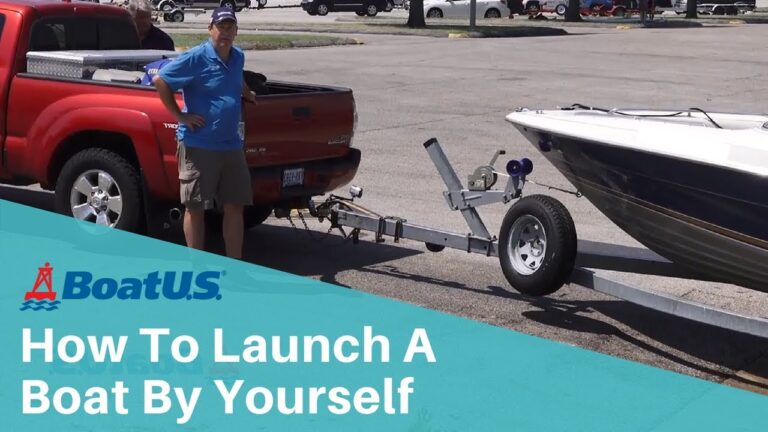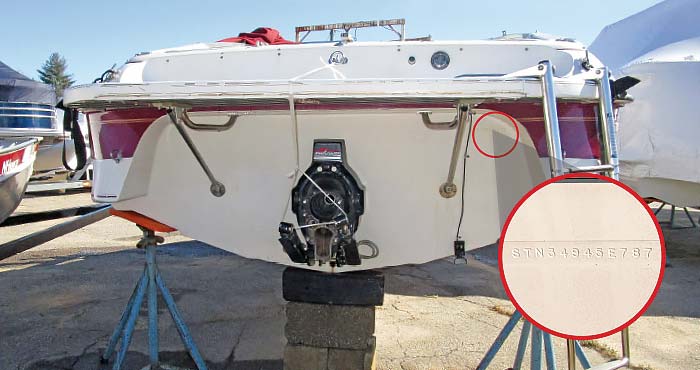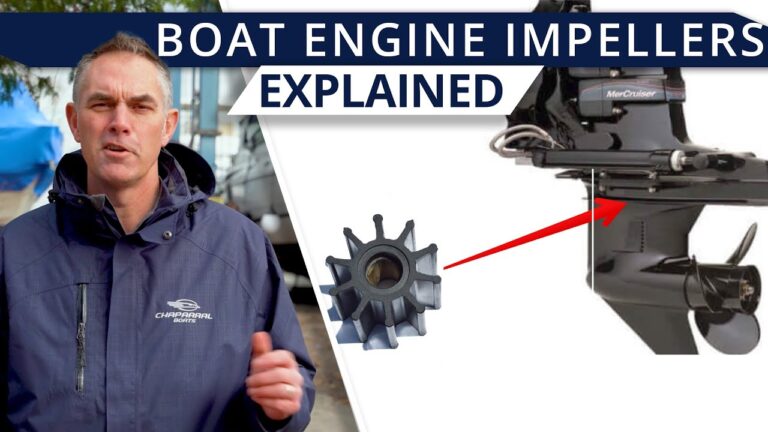How to Change a Boat Trailer Tire
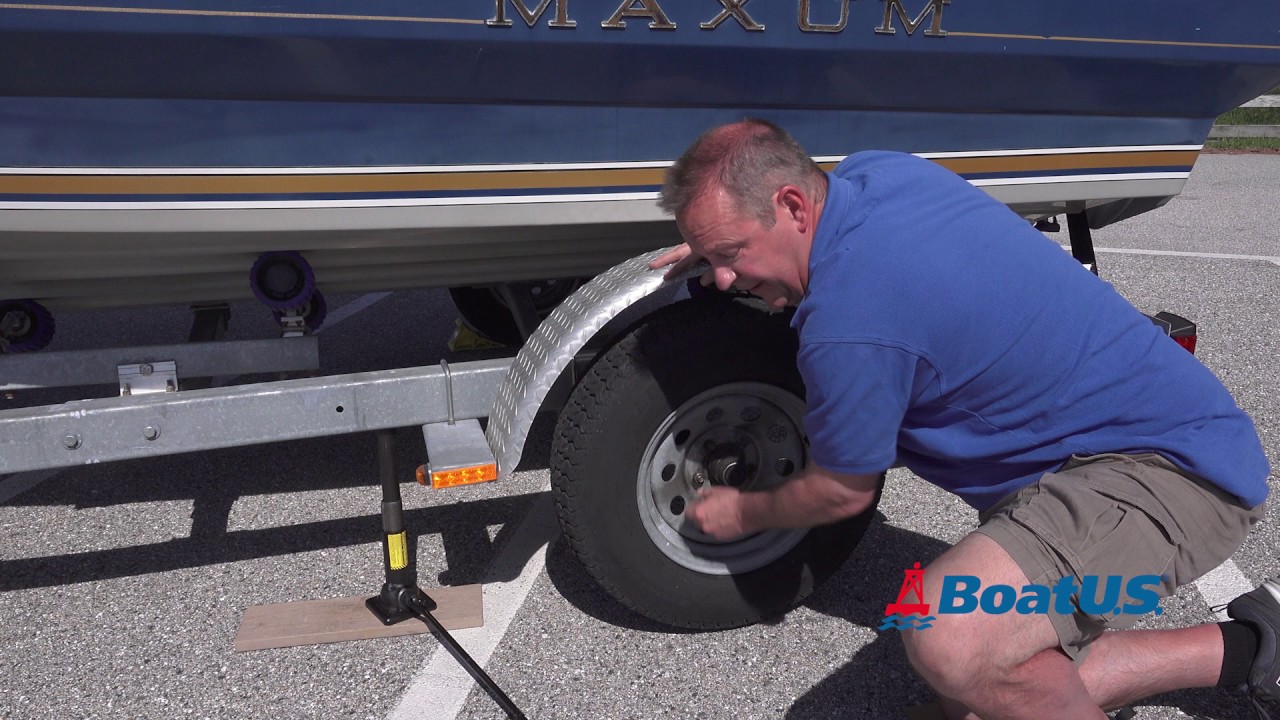
To change a boat trailer tire, first ensure the trailer is on a stable surface and apply wheel chocks. Then, loosen the lug nuts, raise the trailer with a jack, and remove the tire.
Changing a boat trailer tire can be a straightforward task if you’re prepared with the right tools and knowledge. Out on the road or at the dock, a flat tire on your trailer can delay your aquatic adventure. That’s why understanding the process of swapping a tire is essential for any boat owner.
Ensuring safety and efficiency, this guide helps you confidently tackle a tire change, keeping inconvenience to a minimum. With proper equipment such as a jack, lug wrench, and replacement tire, you’ll be back to boating in no time. Remember, routine maintenance of your boat’s trailer is key in preventing unexpected issues, but should a flat tire occur, this skill will save the day.
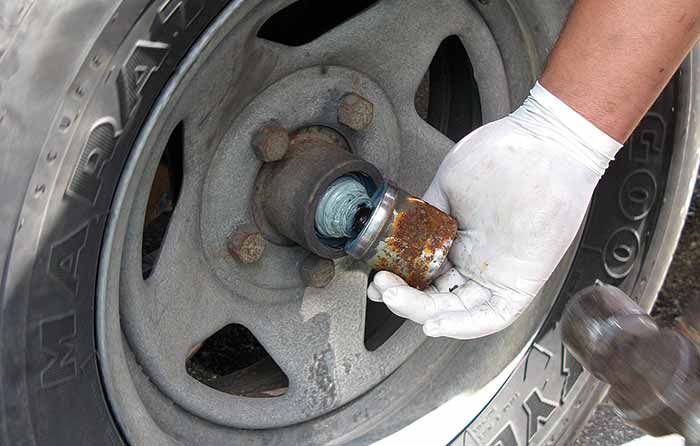
Credit: www.boatus.com
Essential Tools And Supplies
Changing a boat trailer tire needs the right tools. Always have a lug wrench to loosen and tighten lug nuts. Use a jack to lift the trailer. Keep your hands safe with gloves. Do not forget wheel chocks to prevent rolling.
Your replacement tire or spare should be ready. Make sure it’s the correct size. A spare tire is a must-have for emergencies. Without it, you could be stuck.
| Tool | Usage |
|---|---|
| Lug Wrench | To remove and secure lug nuts |
| Jack | To lift the trailer up |
| Wheel Chocks | Prevent the trailer from rolling |
| Gloves | Protect your hands during the change |

Credit: www.youtube.com
Safety First: Preparing To Change The Tire
Changing a boat trailer tire requires careful preparation. Begin by choosing a level and stable surface to ensure your safety and prevent the trailer from tipping. Once a suitable spot is selected, firmly engage the parking brake of the towing vehicle to minimize movement.
Next, place wheel chocks snugly against the trailer’s tires that aren’t being changed. This crucial step prevents the trailer from rolling. Position chocks on both sides of the tire for maximum stability. Remember, these safety measures are vital for a successful tire change.
Removing The Flat Tire
Before you attempt to remove the flat tire, ensure your safety by parking your trailer in a secure area and applying wheel chocks to prevent rolling. Begin by loosening the lug nuts with a lug wrench, but do not remove them completely just yet. This step is critical to avoid the wheel being stuck when elevated.
Next, use a reliable jack designed for boat trailers to lift the trailer. Position it under the frame near the flat tire. Elevate the trailer until the flat tire is off the ground. Check that the trailer is stable before proceeding to remove the lug nuts and tire. Finally, slide the tire off the hub. Take care in handling the tire to avoid any injury.
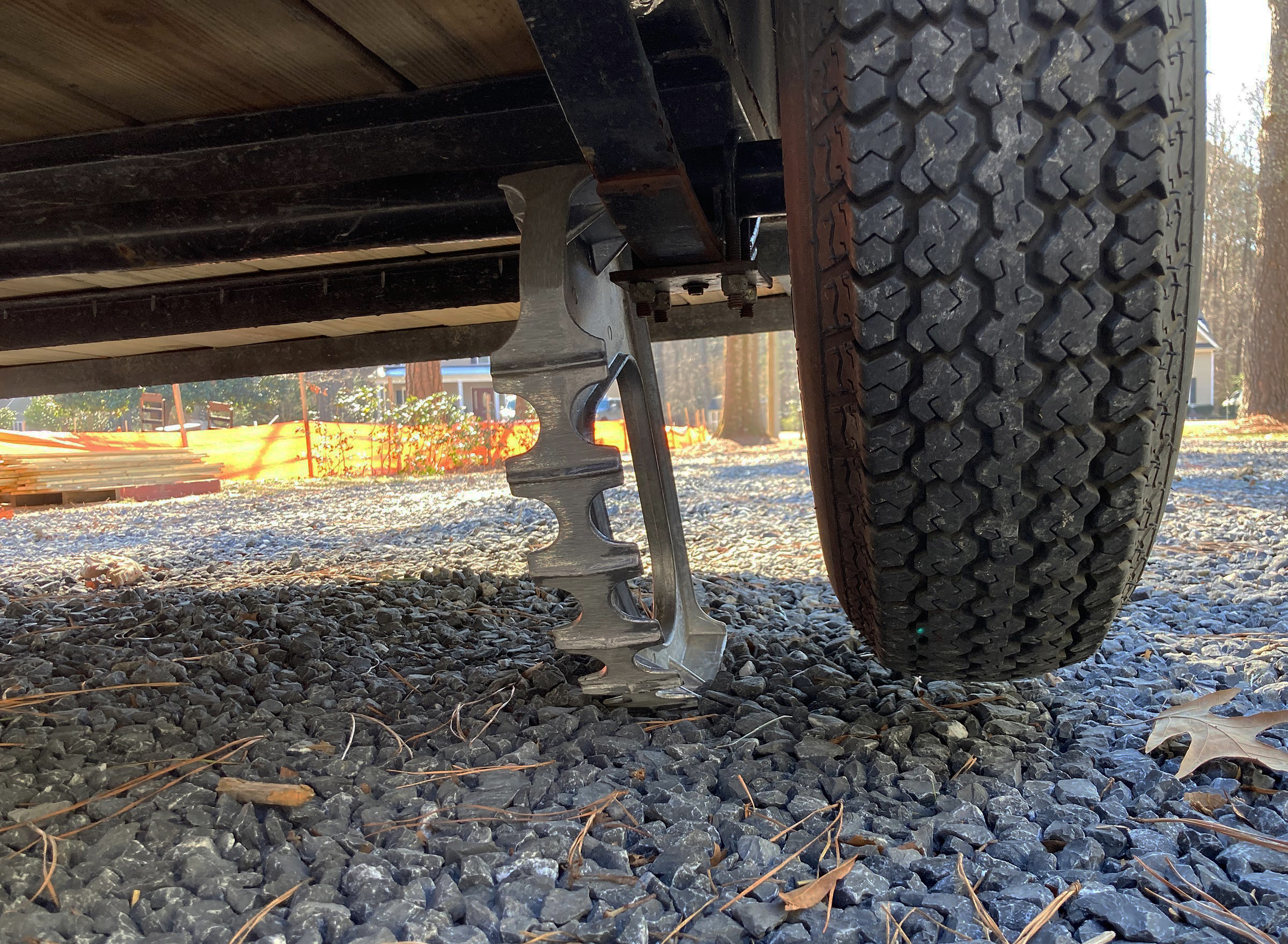
Credit: smallboatsmonthly.com
Installing The New Tire
Mounting the spare tire on a boat trailer is a straightforward task.
Ensure the trailer is stable and lifted properly before you begin. Place the spare tire onto the hub, aligning the rim with the lug bolts. Push it in place gently.
For tightening lug nuts, the ‘star pattern’ method is crucial. Start with one nut and move to the opposite one. This technique promotes even distribution of pressure.
After all nuts are hand-tight, use a wrench for final tightening. Be sure not to over-tighten as it may cause damage to the bolts.
Once nuts are snug, carefully lower the trailer using the jack. Remove any blocks or wedges.
Check tire pressure and ensure it matches the requirement for your trailer. Final inspections should confirm that the tire is securely installed and ready for use.
Post-change Checklist
After changing a boat trailer tire, always check the tire pressure. The correct pressure ensures safety and tire longevity. Use a reliable pressure gauge to measure it. Adequate pressure is usually listed on the tire’s side.
Storing the flat tire and tools is crucial. Organize them in your boat trailer for easy access in the future. This helps maintain a clutter-free environment and saves time during unexpected tire changes.
The final step involves inspecting for secure fitting and alignment. Ensure the newly installed tire aligns with the trailer. Tighten all nuts and bolts to prevent wobbling or accidents. Regular checks keep your trailer running smoothly.
Maintenance Tips To Prevent Future Flats
Regular tire inspections keep your trailer ready for the road. Check tires before and after trips.
Look for tire wear signs like cracks, bulges, or bald spots. Early detection is key.
For proper storage, keep the boat trailer in a cool, dry place. Avoid sunlight and heat to prevent damage.
Frequently Asked Questions On How To Change A Boat Trailer Tire
Where Do You Jack Up A Boat Trailer To Change A Tire?
To change a tire on a boat trailer, place the jack under the trailer’s frame or axle near the flat tire, ensuring stable ground contact.
How Do You Change A Boat Trailer Tire Without A Jack?
To change a boat trailer tire without a jack, drive the good tire onto a sturdy block or ramp to lift the flat tire for removal and replacement. Always ensure safety by securing the trailer before starting.
How Do You Change A Tire On A Triple Axle Boat Trailer?
Park your triple axle boat trailer on level ground and set the parking brake. Use a jack to lift the trailer near the flat tire. Remove the lug nuts with a wrench, pull off the flat tire, mount the spare tire, and tighten the lug nuts back in place.
Lower the jack carefully.
Can You Put Regular Tires On A Boat Trailer?
Yes, you can put regular tires on a boat trailer as long as they match the load capacity and size specifications required for your trailer. Always confirm compatibility before making the switch to ensure safety and performance.
Conclusion
Wrapping up, changing a boat trailer tire need not be daunting. Armed with the right tools and this guide, you’re set for a quick, efficient swap. Regular maintenance and prompt roadside fixes keep your boating adventures on course. Safe travels and smooth towing!
Also Worth Reading:
- How Long Does Everstart Battery Last
- How Much Does a Bass Boat And Trailer Weigh
- How Much Does a Bass Boat Weigh
- How Much Does a Jon Boat Cost
- How Often to Change Lower Unit Oil
- How to Charge a Trolling Motor Battery
- How to Clean Aluminum Boat
- Can a Tacoma Pull a Boat
- Can You Put a Trolling Motor on a Kayak
- Can You Use a Car Battery for a Trolling Motor

